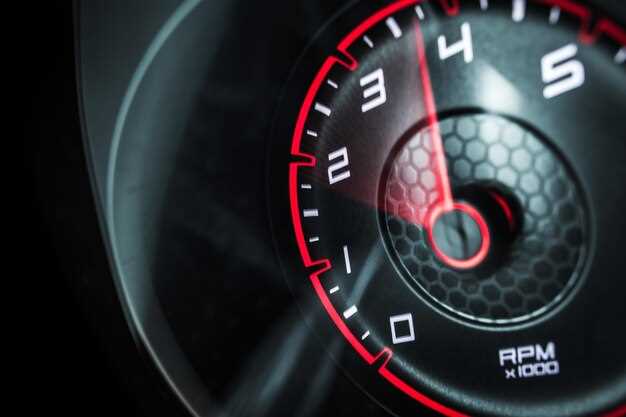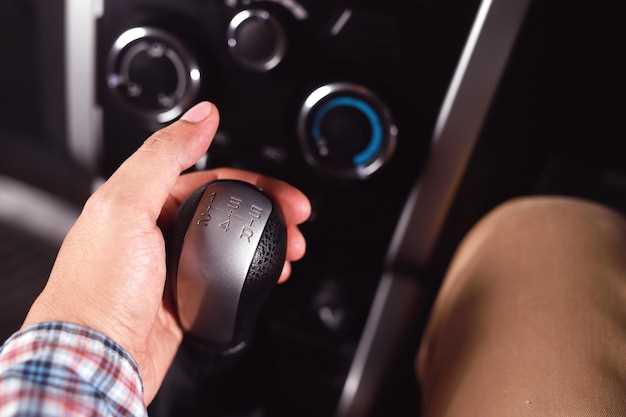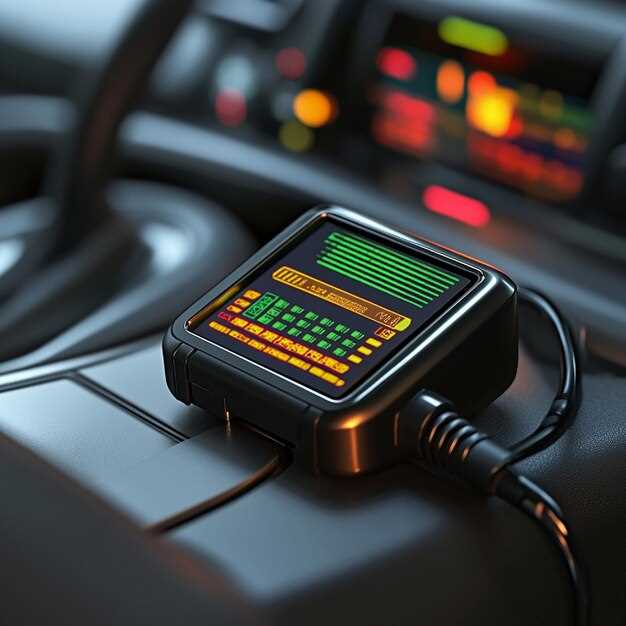
In the realm of automotive performance, tuning your vehicle’s Engine Control Unit (ECU) is a crucial step towards enhancing throttle response. Throttle response is an essential characteristic that directly affects the driving experience, influencing how quickly and smoothly an engine accelerates when the driver presses the accelerator pedal. To achieve optimal control over the engine’s behavior, fine-tuning the ECU settings becomes imperative.
Modern engines rely on sophisticated ECU systems that manage various parameters, including fuel injection timing, air-fuel mixture, and ignition timing. By adjusting these settings, you can significantly improve the vehicle’s throttle response. A well-tuned ECU not only maximizes performance but also provides the driver with a more engaging and responsive experience on the road.
Understanding the intricate relationship between the ECU and engine performance allows enthusiasts to harness the full potential of their vehicles. This optimization process often involves recalibrating the ECU maps to ensure that the engine responds promptly to throttle input. By focusing on crucial aspects of ECU tuning, drivers can transform their engines into finely-tuned machines that deliver exhilarating power and control.
Adjusting Throttle Mapping for Enhanced Sensitivity

Throttle mapping plays a crucial role in determining how effectively the engine responds to driver inputs. By fine-tuning the throttle mapping, you can achieve noticeable improvements in throttle sensitivity, leading to a more engaging driving experience.
To begin, it’s essential to understand that throttle mapping involves the relationship between the accelerator pedal position and the corresponding engine output. By altering this mapping, you can control the responsiveness of the engine at different RPM ranges. For example, a more aggressive throttle map can deliver quicker power delivery at lower RPMs, making the vehicle feel more alive during initial acceleration.
Tuning the throttle mapping can involve adjusting various parameters such as the rate of pedal travel, the response curve, and the overall sensitivity of the throttle response. Many modern ECU setups allow for dynamic mapping adjustments, enabling drivers to configure their vehicles based on personal preference or driving conditions. This adaptability is vital for enthusiasts looking to optimize their driving experience.
Another critical aspect of throttle mapping is its impact on engine control strategies. A well-tuned map not only improves acceleration but can also enhance overall driveability, smoothing out power delivery and reducing engine lag. Drivers often prefer a setup that allows for fine control at low speeds while still providing ample power during aggressive driving.
When making adjustments, it’s important to test settings thoroughly to ensure that performance improvements align with safety and operational reliability. Utilizing data logging tools can provide insights into the effectiveness of throttle changes and allow for iterative refinements.
In summary, adjusting throttle mapping is a powerful strategy for enhancing the engine’s responsiveness. By carefully tuning the control characteristics associated with throttle input, drivers can significantly improve their vehicle’s performance, resulting in a more thrilling and satisfying driving experience.
Tuning Fuel and Ignition Timing for Quick Acceleration
Tuning fuel and ignition timing is crucial for enhancing throttle response and achieving quicker acceleration in an engine. The Engine Control Unit (ECU) plays a vital role in managing these parameters, ensuring optimal performance under various driving conditions.
Fuel injection timing must be calibrated to match the engine’s power band. Properly adjusting the fuel map allows for a precise mixture of air and fuel, directly impacting combustion efficiency. A more aggressive fuel delivery during acceleration will provide the engine with the necessary power to respond quickly to throttle inputs.
Similarly, ignition timing significantly influences engine performance. Advancing the ignition timing can lead to a more rapid combustion process, generating more power at lower RPMs. However, excessive advance can cause knocking, which is detrimental to engine longevity. Therefore, careful tuning is required to find the ideal balance between power and safety.
Both fuel and ignition parameters can be optimized using aftermarket tuning software or through custom remapping of the ECU. Monitoring engine parameters via logging tools is essential to assess the effectiveness of adjustments made. This iterative process allows for fine-tuning, ensuring that the ECU consistently delivers the best throttle response during acceleration.
Ultimately, the combination of optimized fuel injection and precise ignition timing tailored to specific engine characteristics leads to improved throttle responsiveness and enhanced overall driving experience.
Monitoring and Diagnosing ECU Changes through Data Logging

Data logging serves as an essential tool for monitoring and diagnosing ECU changes, particularly when tuning for enhanced throttle response. By recording real-time data from the ECU, users can gain insights into how modifications affect vehicle performance. This includes tracking parameters such as throttle position, engine RPM, and air-fuel ratios.
When adjustments are made to the ECU settings to optimize throttle response, data logging enables immediate feedback. For example, if a tune is applied that alters the fuel map, logging the changes can reveal whether the adjustments lead to a more responsive throttle or if they cause sluggishness. This process allows for fine-tuning, ensuring the control of engine performance meets desired standards.
Furthermore, diagnosing issues through data logging can identify potential roadblocks in the tuning process. By analyzing logged data, one can pinpoint discrepancies, such as unexpected spikes in fuel consumption or irregular throttle behavior. Such insights are vital for validating the effectiveness of ECU changes and ensuring optimal performance.
Ultimately, integrating data logging into the ECU tuning process not only enhances understanding of modifications but also empowers enthusiasts to make informed decisions. This control over various parameters fosters a smoother driving experience, reinforcing the connection between the driver and the vehicle.




